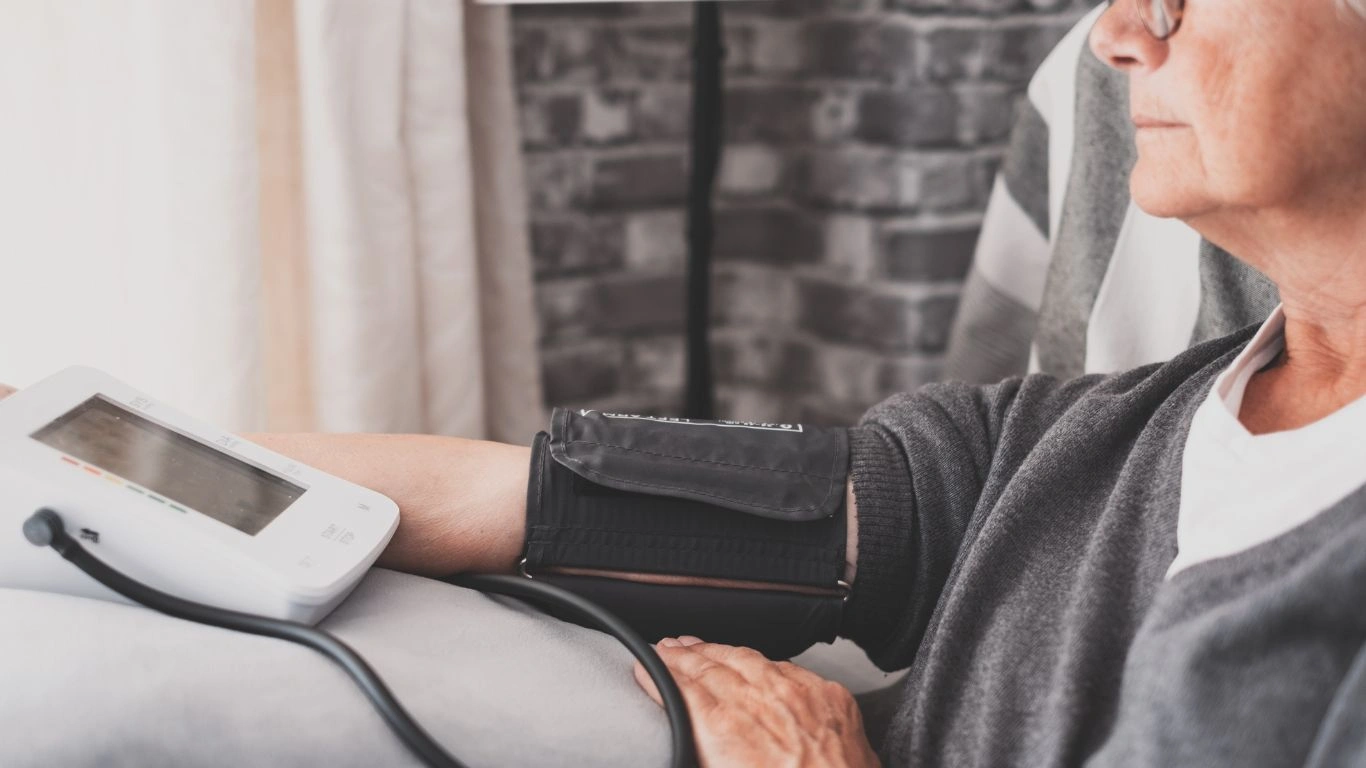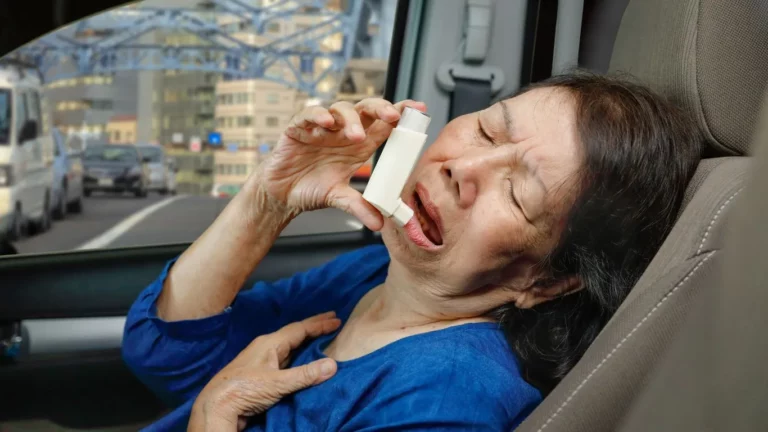Hypertension: Symptoms, Causes, and Management Tips
Hypertension Symptoms, Causes, and Management Tips — it’s a phrase I say (and hear) more often than I’d like. As an internal medicine physician who’s spent years deep in the trenches of hypertension management, I can tell you firsthand that high blood pressure isn’t just about a number on a screen. It’s about the silent damage it causes, the sneaky symptoms we often dismiss, and the lifestyle changes that can truly turn the tide. Let’s be honest — most people don’t wake up thinking, “Today, I’ll tackle my hypertension.” But trust me, once you understand what it does to your body and how subtle its signs can be, you’ll want to get ahead of it.
What Exactly Is Hypertension?

Let’s break it down simply. Hypertension, or high blood pressure, happens when the force of your blood against the artery walls is consistently too high. Over time, that pressure wears out the vessel walls — kind of like water constantly rushing against a dam. Eventually, something’s gotta give.
Clinically, we define hypertension as a blood pressure reading of 140/90 mmHg or higher on multiple occasions. But here’s the tricky part — you can have dangerously high blood pressure and feel completely fine. That’s why we call it the “silent killer.”
Why It’s More Than Just Numbers
It’s not just about getting those numbers down. Long-term uncontrolled hypertension increases your risk for:
- Heart attack – That constant pressure can cause your arteries to harden and narrow (atherosclerosis).
- Stroke – High pressure can rupture or block blood vessels in the brain.
- Kidney disease – Your kidneys love healthy blood flow. Hypertension? Not so much.
- Vision loss – Tiny vessels in the eyes can get damaged too.
In clinic, I’ve seen patients come in for “just a checkup” only to discover blood pressure readings so high, I had to send them to the ER. And the wildest part? Many said they didn’t feel a thing.
Common Symptoms of Hypertension (When There Are Any)

Most folks don’t realize they have high blood pressure until it causes serious issues — but there are subtle signs that sometimes crop up, especially when your BP starts creeping into dangerous territory.
Possible Signs and Symptoms:
- Headaches – Usually in the back of the head and worse in the morning.
- Dizziness or lightheadedness – Especially when standing up quickly.
- Blurred vision – Those small blood vessels in your eyes aren’t fans of high pressure.
- Chest pain or palpitations – Can be a red flag for more serious cardiovascular issues.
- Shortness of breath – If your heart’s working overtime, you’ll feel it.
Now, just because you’ve had a headache or two doesn’t mean you’ve got hypertension. But if these symptoms are persistent or combined with other risk factors? That’s your cue to get checked.
Patient Story: A Wake-Up Call
One of my patients, a 49-year-old teacher, came in complaining of frequent headaches and fatigue. “I just thought it was stress from school,” she told me. Her BP? 176/102. Yikes. She’d had it for years and didn’t know — and her kidneys had already begun to suffer. We caught it just in time, thankfully. That’s the thing about hypertension: it doesn’t scream. It whispers until it’s too loud to ignore.
Causes of Hypertension: More Than Salt and Stress

When someone finds out they have hypertension, their first question is usually, “Why?” And unfortunately, there’s no single answer. Blood pressure is influenced by a mix of genetics, lifestyle, and environmental factors — and they’re all tangled up together.
Primary (Essential) Hypertension
This is the most common type, and it develops gradually over time. We can’t always pinpoint a direct cause, but these factors definitely raise your risk:
- Family history – If your parents or siblings have it, your risk shoots up.
- Age – Blood vessels naturally stiffen as we get older.
- Obesity – Extra weight makes your heart work harder.
- High sodium intake – Too much salt = higher blood volume = more pressure.
- Stress – Chronic stress keeps your nervous system in fight-or-flight mode.
- Physical inactivity – Your heart needs a workout to stay efficient.
Secondary Hypertension: When There’s a Medical Cause
This type has a more identifiable origin. It’s less common, but crucial to catch:
- Kidney problems – Think chronic kidney disease or glomerulonephritis.
- Adrenal gland disorders – Like Cushing’s syndrome or pheochromocytoma.
- Thyroid issues – Both hyper- and hypothyroidism can influence blood pressure.
- Certain medications – NSAIDs, decongestants, birth control pills, even some antidepressants.
In my own practice, I always rule out secondary causes when someone’s blood pressure spikes out of the blue or resists typical treatment. Sometimes, it’s just about tweaking a medication or catching an undiagnosed endocrine issue.
Hypertension: Lifestyle Tweaks That Actually Work
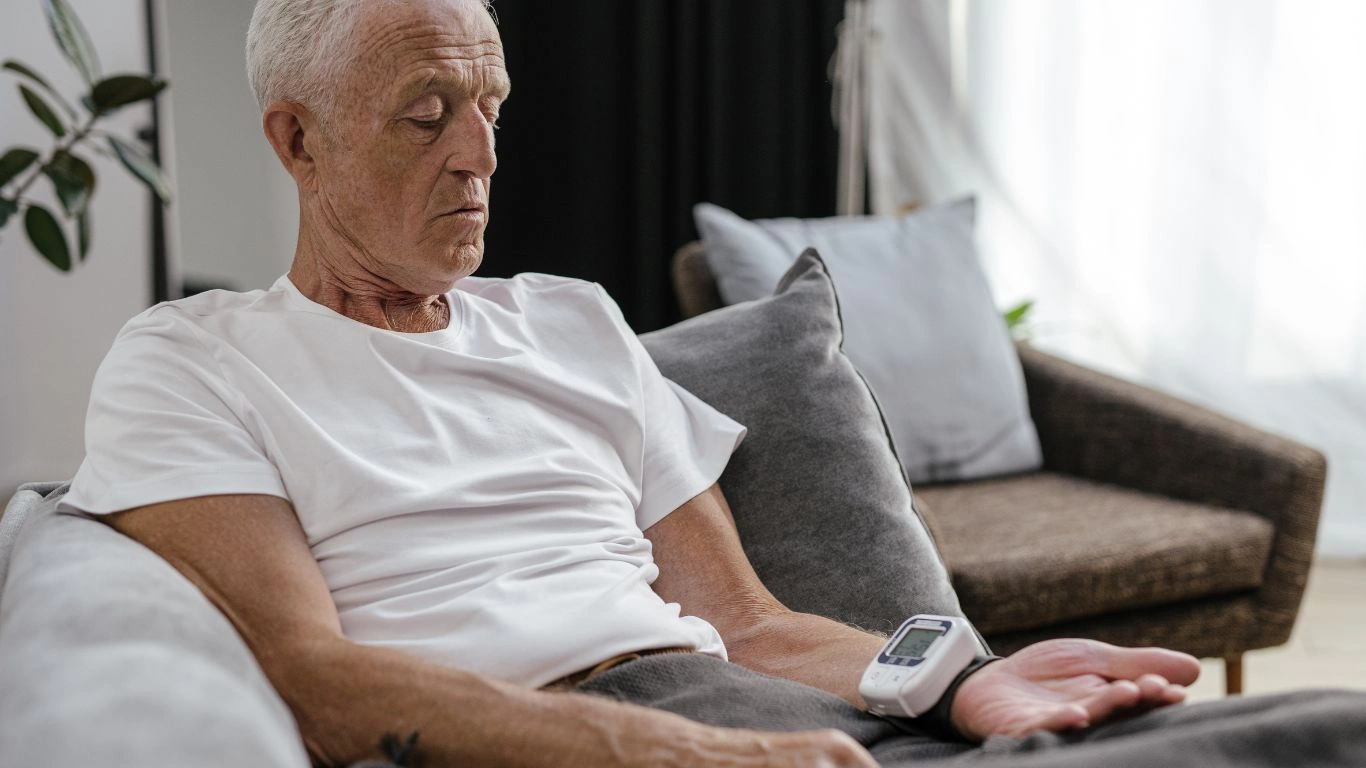
Now that we’ve unpacked the symptoms and causes of hypertension, let’s get into the part most people love to hate — lifestyle changes. I know. It sounds cliché. “Eat better. Move more. Stress less.” But hear me out — I’ve seen these shifts literally save lives. I’m not just tossing around generic advice; these are real, practical tweaks I’ve encouraged my patients to make, and they work. It’s about progress, not perfection.
Start with Food: It’s Not About Starving
Eating to control hypertension doesn’t mean you’re stuck chewing on lettuce forever. It’s about choosing foods that naturally support lower blood pressure and easing up on the ones that sabotage it.
Enter the DASH diet — Dietary Approaches to Stop Hypertension. It’s not a fad; it’s evidence-based and highly recommended by the American Heart Association.
- Fruits and veggies: Aim for 5–6 servings a day. They’re packed with potassium, which balances out sodium.
- Whole grains: Oats, brown rice, quinoa — better for your heart than processed carbs.
- Lean proteins: Think grilled chicken, tofu, beans, and fish.
- Low-fat dairy: Yogurt and milk offer calcium and protein without heavy fats.
- Cut back on salt: Try herbs, garlic, and lemon to flavor your meals instead.
I remember one patient — a truck driver — who said, “Doc, I’m not giving up burgers.” And guess what? He didn’t have to. We swapped his fries for a salad and started with grilled chicken on whole wheat buns once a week. Baby steps. His BP dropped by 15 points in three months.
Move That Body (No Gym Required)
I’ll be the first to say, not everyone has the time or desire to hit the gym. And that’s totally fine. The key is consistency over intensity. Just getting your heart rate up a little each day helps your vessels stay flexible and your heart more efficient.
- Walking: Even 30 minutes a day — broken up into chunks — makes a huge difference.
- Stretching and yoga: Great for stress relief and circulation.
- Dancing around your kitchen: Yep, that counts too.
One of my older patients started gardening and told me, “Doc, I didn’t even realize I was exercising.” That’s the goal — finding movement that feels good, not forced.
Managing Stress: The Overlooked Trigger
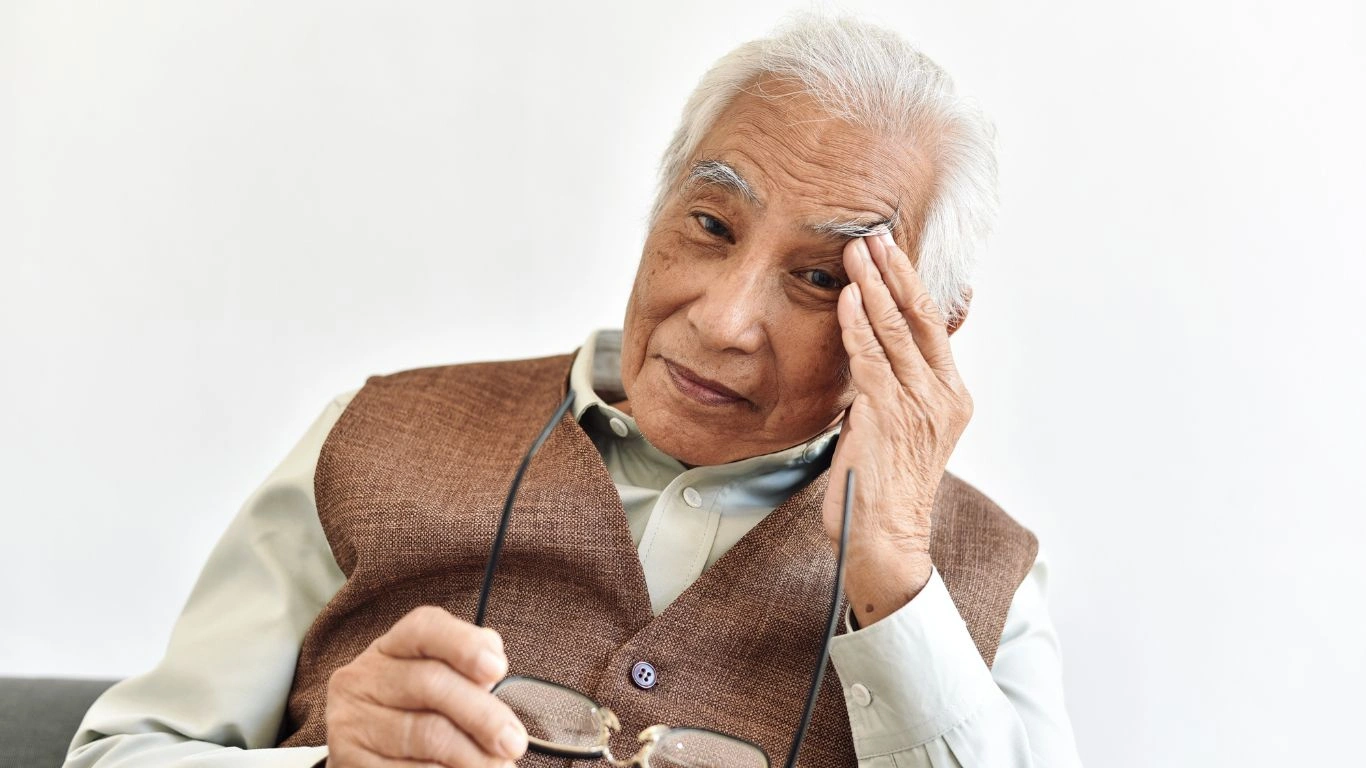
This one’s big. I’ve had patients do everything right on paper — clean diet, exercise, even meds — and still struggle because they’re drowning in stress. When your body is stuck in fight-or-flight mode 24/7, your BP’s going to follow suit.
Simple Ways to Take the Edge Off:
- Deep breathing: Inhale for 4 counts, exhale for 6. Do it for 2 minutes. It works wonders.
- Limit the scroll: Too much news or social media? Instant stress spike.
- Sleep hygiene: Aim for 7–9 hours. Lack of sleep raises cortisol and BP.
- Talk to someone: Friends, therapists, clergy — venting helps.
- Mindfulness and meditation: Even five minutes can reset your nervous system.
I had one mom of three who swore by her 10-minute solo coffee break each morning before the chaos of the day began. It was her reset button. Find yours.
Medication: When Lifestyle Isn’t Enough

Let’s be real — sometimes, despite your best efforts, lifestyle changes just don’t cut it on their own. That’s where medication comes in. And there’s zero shame in it. In fact, starting meds early can prevent a lifetime of complications.
Common Blood Pressure Meds and What They Do:
- ACE inhibitors (like lisinopril): Help relax blood vessels.
- ARBs (like losartan): Similar to ACEs, but often with fewer side effects.
- Calcium channel blockers (like amlodipine): Relax arteries and reduce workload on the heart.
- Diuretics (like hydrochlorothiazide): Help your body get rid of excess sodium and water.
- Beta-blockers (like metoprolol): Slow the heart rate and reduce blood pressure.
One thing I always stress to patients: don’t skip doses just because you “feel fine.” Hypertension isn’t like a headache — it doesn’t go away because symptoms ease up. The goal is consistent control.
Side Effects? Don’t Suffer in Silence
If a med doesn’t agree with you — maybe it makes you dizzy, fatigued, or gives you a dry cough — talk to your doctor. There are tons of options, and we can almost always find one that works for you without the unwanted baggage.
One of my favorite wins? A patient who was ready to ditch his meds due to leg swelling from amlodipine. We switched him to an ARB, and not only did the swelling vanish, but his blood pressure stayed beautifully stable.
Track It Like You Mean It
If you only take one thing from this section, let it be this: Track your blood pressure at home. Get a reliable cuff, write down your readings, and bring them to your check-ups. It helps us spot patterns, adjust treatment, and empower you to stay on top of things.
Tips for Accurate Home Monitoring:
- Rest for 5 minutes before measuring.
- Sit with your back supported and feet flat on the floor.
- Use the same arm each time (usually left).
- Take 2 readings, 1–2 minutes apart, and record the average.
And no, don’t freak out if you get one weird high reading after a stressful Zoom call. It’s the trend that matters — not one spike here or there.
Long-Term Risks of Hypertension: What’s Really at Stake

So, we’ve talked about what causes hypertension, how to manage it day-to-day, and even when meds come into play. But let’s take a moment to look at the big picture. Because here’s the real kicker — when hypertension is ignored or poorly managed, the long-term effects can be life-altering. And I don’t say that to scare you. I say it because I’ve seen it happen, more times than I’d like.
Years ago, I had a patient in his early 50s who had “just borderline high blood pressure.” He felt fine, skipped follow-ups, didn’t take his meds. One day, he came into the ER with a stroke. His left side was completely paralyzed. His words were slurred. The kind of stroke we could’ve prevented with regular care and a few small changes.
Common Complications of Chronic Hypertension:
- Heart disease: High BP forces your heart to work harder. Over time, this leads to heart failure or arrhythmias.
- Stroke: Blood vessels in the brain either burst or get blocked — both are bad news.
- Kidney failure: Your kidneys are loaded with tiny vessels. Chronic high pressure wrecks them.
- Vision loss: Retinopathy can develop quietly until your vision is already damaged.
- Aneurysms: Weakened blood vessels can balloon and rupture — often fatally.
And what’s wild is that these issues don’t just show up in people who are “old” or obviously sick. I’ve diagnosed major organ damage in patients in their 30s who looked perfectly healthy on the outside. That’s the thing about hypertension — it’s sneaky. It doesn’t show its hand until the game’s almost over.
Preventing Hypertension Before It Starts
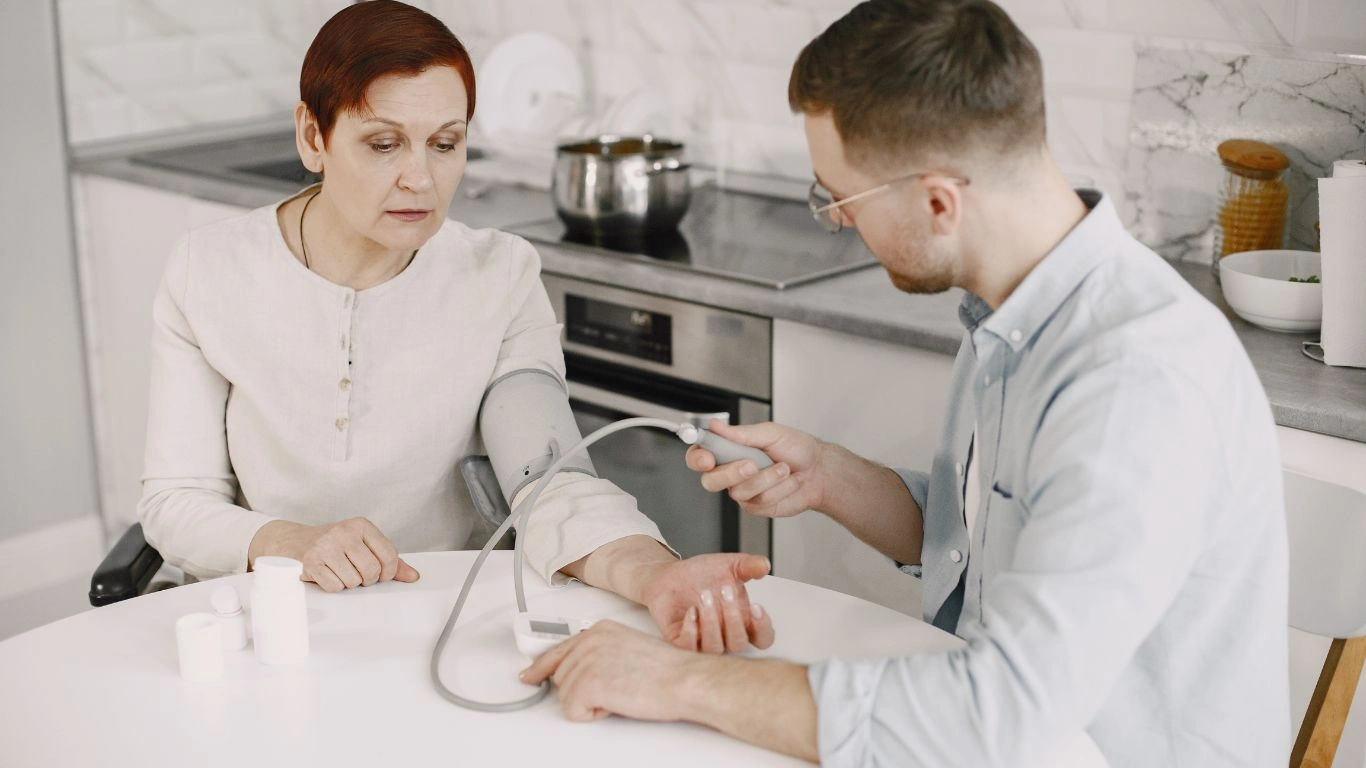
If you’re reading this and thinking, “Well, I don’t have high blood pressure, so I’m good,” let me gently nudge you back for a second. Because even if you’re not hypertensive now, prevention is way easier than damage control later.
Prevention Tips That Actually Work:
- Know your numbers: Don’t just rely on the doctor’s office once a year. Get a home cuff. Check monthly.
- Keep your weight in check: Even 10 pounds lost can lower BP significantly.
- Limit alcohol: One drink a day for women, two for men — and no, you can’t save them up for Friday.
- Say no to smoking: It stiffens arteries and raises BP. Just one more reason to quit.
- Exercise regularly: Doesn’t have to be intense. Brisk walking is a solid win.
- Watch your salt intake: Less than 2,300 mg a day, ideally closer to 1,500 mg for high-risk folks.
I had a couple in their 40s — both slightly overweight, borderline hypertensive. They made walking together after dinner a nightly habit, started cooking more meals at home, and shared a goal of lowering their blood pressure naturally. Six months later, both were off meds. It’s doable. It just takes some teamwork, a little accountability, and a mindset shift.
Hypertension and Age: What to Watch For as You Get Older
Blood pressure tends to creep up with age. That’s just physiology — arteries get stiffer, and your heart has to pump harder to get blood where it needs to go. But that doesn’t mean it’s inevitable or unmanageable.
In older adults, especially over 65, we tend to individualize goals. It’s not always about getting that perfect 120/80 anymore. Sometimes, pushing BP too low in elderly patients leads to falls or dizziness. The key is balance — controlling the pressure enough to prevent damage, without overdoing it.
Pro tip from practice: if you’re on multiple meds and start feeling dizzy or weak when standing, don’t assume it’s just aging. It might be overtreated hypertension. Bring it up. We can adjust.
BP Targets May Differ by Age:
- Under 60: Aim for less than 140/90 mmHg.
- Over 60 (without diabetes or CKD): Less than 150/90 mmHg is often reasonable.
- Any age with diabetes or kidney disease: Stick closer to under 140/90 mmHg if tolerated.
Every patient is different. What matters is finding what’s safe, sustainable, and tailored to you.
Final Thoughts: Small Steps, Big Impact
If you’ve made it this far, first of all — thank you. As a physician, this is the stuff I wish I could say to every patient without being rushed by time slots and packed waiting rooms. Hypertension: Symptoms, Causes, and Management Tips aren’t just buzzwords or medical jargon. They represent a real-life, everyday health challenge — but also an opportunity. An opportunity to take control, to catch silent damage before it escalates, and to live longer, better, and stronger.
You don’t have to change everything at once. Pick one habit. One walk. One low-salt dinner. One better night’s sleep. Then build from there. That’s how real health shifts happen — with consistency, compassion, and a little momentum.
References
- National Institutes of Health (NIH)
- Health.com
- Centers for Disease Control and Prevention (CDC)
- American Heart Association
Disclaimer
This article is intended for informational purposes only and should not be taken as medical advice. Always consult with a licensed healthcare provider before making any changes to your health regimen or medications. The experiences shared here are general in nature and may not apply to individual situations.

Dr. Gwenna Aazee is a board-certified Internal Medicine Physician with a special focus on hypertension management, chronic disease prevention, and patient education. With years of experience in both clinical practice and medical writing, she’s passionate about turning evidence-based medicine into accessible, actionable advice. Through her work at Healthusias.com, Dr. Aazee empowers readers to take charge of their health with confidence and clarity. Off the clock, she enjoys deep dives into nutrition research, long walks with her rescue pup, and simplifying medical jargon one article at a time.
